The future of home design is moving fast—and if you’re not paying attention, your house could fall behind. As smart technology, sustainability, and energy efficiency take center stage, many once-cutting-edge features are quickly becoming outdated. What seemed modern just a few years ago might soon feel clunky, inefficient, or completely out of sync with the way we live. Whether you’re renovating or house hunting, here are 12 emerging innovations that could make today’s homes feel obsolete by 2030.
1. Flexible Living Spaces

Flexible living spaces are redefining home design by catering to diverse and evolving lifestyle needs. These modular spaces can be transformed into offices, guest rooms, playrooms, or home gyms, depending on the homeowner’s requirements. According to Architectural Digest, the demand for adaptable spaces has grown significantly, especially with the rise of remote work. Built-in movable walls, foldable furniture, and multifunctional storage solutions enable these spaces to shift seamlessly between uses.
Fixed layouts in older homes may struggle to meet the versatile demands of future homeowners. Flexible designs enhance not only functionality but also the aesthetic appeal of homes, creating an open and dynamic atmosphere. They allow families to maximize every square foot, making homes feel larger and more accommodating. Properties without this adaptability may appear less future-proof in the competitive housing market. By prioritizing flexibility, homeowners can ensure their living spaces remain relevant and valuable for years to come.
2. Integrated Solar Roofing
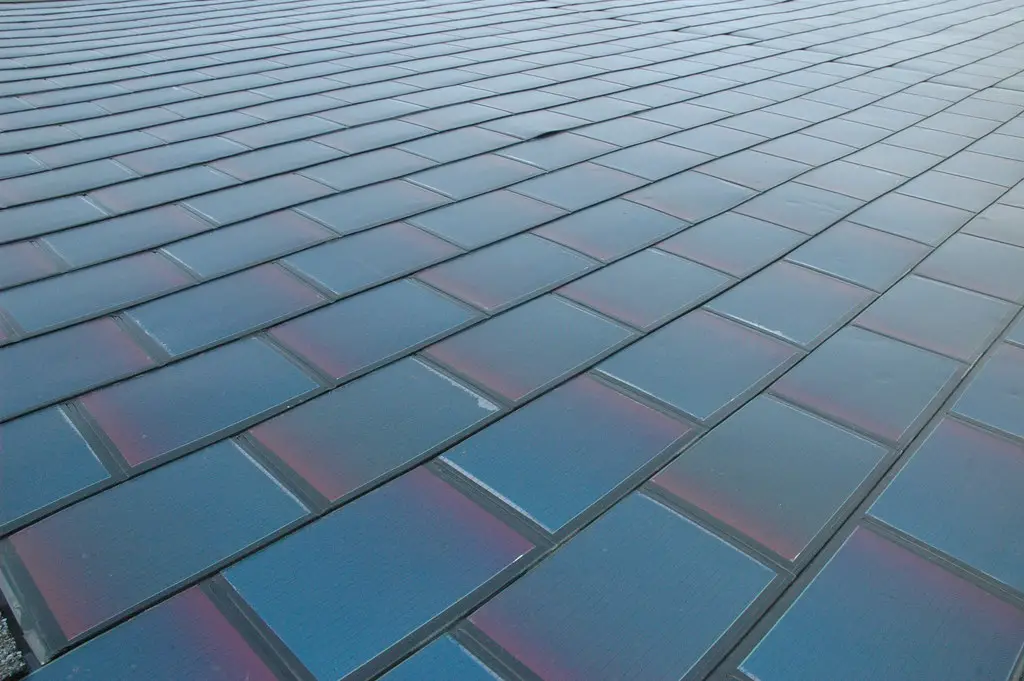
Integrated solar roofing is reshaping the way homes generate power, combining renewable energy with architectural design. Unlike traditional solar panels, solar shingles blend into the roof, offering an aesthetically pleasing and efficient energy solution. According to Forbes, these advanced systems can significantly reduce energy bills and provide a long-term return on investment. Integrated solar roofing eliminates the need for separate installations, making it a seamless addition to new homes. By 2030, properties without solar-integrated roofing may appear outdated and less eco-friendly.
The shingles are durable, weather-resistant, and capable of producing enough electricity to power an entire household. Many states and countries are introducing incentives and tax credits for homes equipped with renewable energy systems. These roofs also contribute to a home’s marketability, as sustainability is increasingly important to buyers. Retrofitting older homes with this technology could be costly, making it a smarter choice to incorporate during construction. Homes with integrated solar roofing are paving the way toward a greener, more energy-efficient future.
3. Voice-Activated Everything
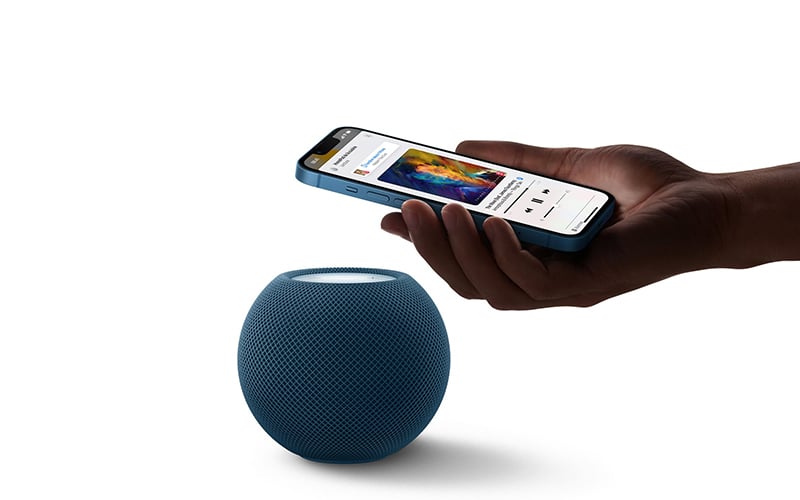
Voice-activated technology is becoming a cornerstone of modern living, transforming how we interact with home appliances and systems. From adjusting the thermostat to turning on lights, voice commands make everyday tasks effortless. As noted by TechCrunch, the integration of smart speakers and voice assistants like Amazon Alexa and Google Assistant has become mainstream. This technology adds a layer of convenience, particularly for individuals with mobility challenges or busy lifestyles.
Homes that rely on manual switches or remote controls could feel outdated and less appealing to buyers accustomed to hands-free living. Voice activation is also expanding into home security, entertainment, and even grocery shopping, offering a fully integrated smart home experience. Future advancements may include more natural voice recognition and AI-powered personalization. The popularity of this feature suggests that homes without voice-activated systems could struggle to remain competitive in the real estate market. Investing in this technology now ensures homes remain modern, functional, and desirable for years to come.
4. Self-Regulating HVAC Systems
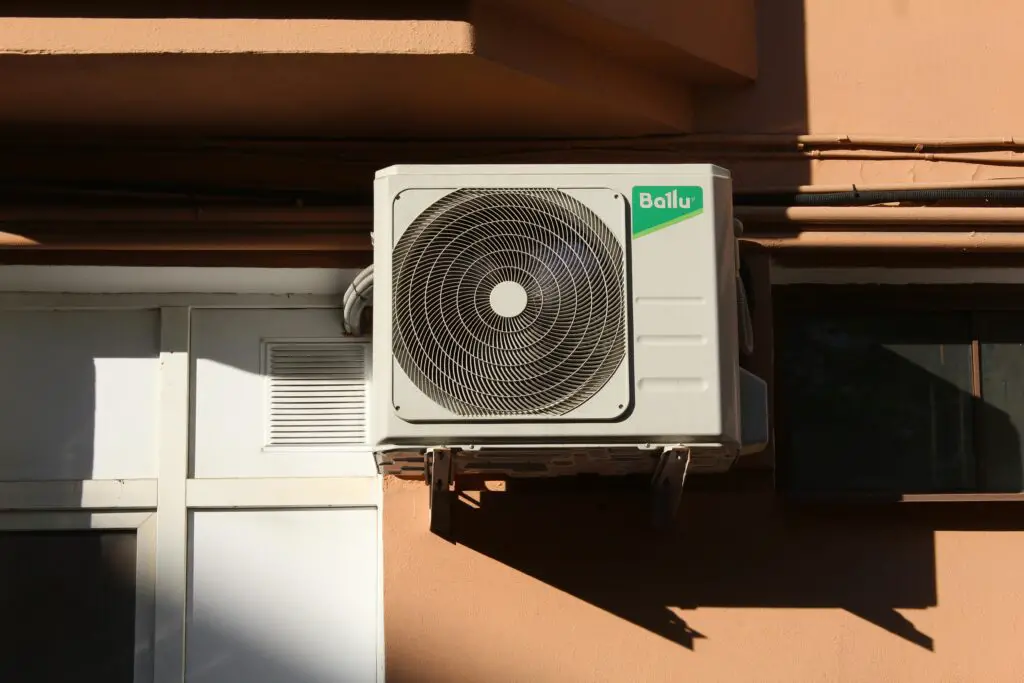
Self-regulating HVAC systems are setting a new standard for home comfort and energy efficiency. These systems automatically adjust heating and cooling based on factors like weather, occupancy, and user preferences. According to Energy Star, smart HVAC systems can reduce energy consumption by up to 20%, saving homeowners hundreds of dollars annually. They offer personalized climate control, ensuring optimal comfort in every room of the house. Outdated heating and cooling systems not only cost more to operate but also lack the precision and convenience of modern alternatives.
Self-regulating systems can detect when a home is empty and reduce energy usage accordingly, further enhancing their efficiency. By 2030, homes without this technology might face higher utility bills and diminished market value. Many systems also integrate with smart home platforms, providing users with control through smartphones or voice commands. The environmental benefits are equally compelling, as these systems help reduce carbon footprints. Upgrading to a self-regulating HVAC system is an investment in comfort, cost savings, and sustainability.
5. Water Recycling Systems
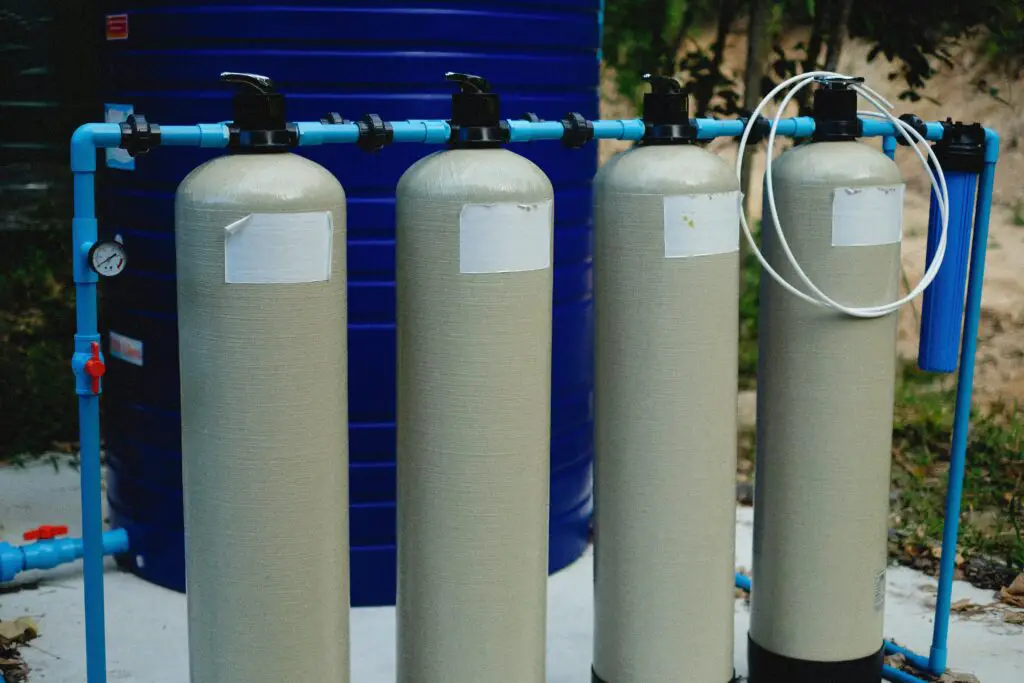
Water recycling systems are becoming a critical feature in modern homes, promoting conservation and reducing waste. These systems capture greywater from sinks, showers, and washing machines, treating it for reuse in irrigation or non-potable applications. As highlighted by the World Resources Institute, water scarcity is a growing global issue, making sustainable water management essential. Homes equipped with water recycling systems can significantly lower water bills and reduce environmental impact.
The technology is especially valuable in drought-prone regions, where water restrictions are common. By 2030, homes without these systems could face higher costs and scrutiny for their inefficiency. Advanced systems are compact and easy to maintain, making them a practical addition to new and existing properties. Many municipalities are also offering incentives for adopting water-saving technologies. Beyond financial savings, these systems contribute to a home’s market appeal by aligning with the values of eco-conscious buyers. Investing in water recycling systems ensures a more sustainable future for both homeowners and the environment.
6. Automated Home Security
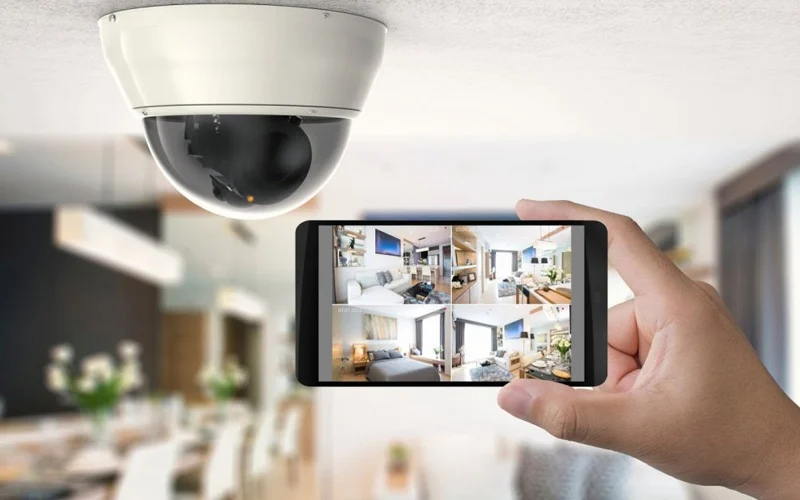
Automated home security systems are revolutionizing how homeowners protect their properties, offering advanced AI-driven surveillance and automated features. These systems incorporate facial recognition, motion sensors, and real-time alerts to detect and respond to potential threats. Modern security setups also integrate with smart home systems, allowing homeowners to monitor and control security via smartphones or voice commands. Features like remote door locks and video doorbells provide unparalleled convenience and peace of mind. Older homes relying on basic alarm systems may seem vulnerable compared to these tech-savvy alternatives.
Automated systems also enable quick responses during emergencies by notifying homeowners and authorities simultaneously. They can differentiate between a family pet and an intruder, reducing false alarms. By 2030, homes without such systems might be perceived as unsafe or outdated, particularly among tech-savvy buyers. Investing in an automated security system enhances property value and ensures a higher level of safety for occupants. As technology continues to evolve, these systems will likely become an indispensable feature of modern homes.
7. Smart Energy Grids
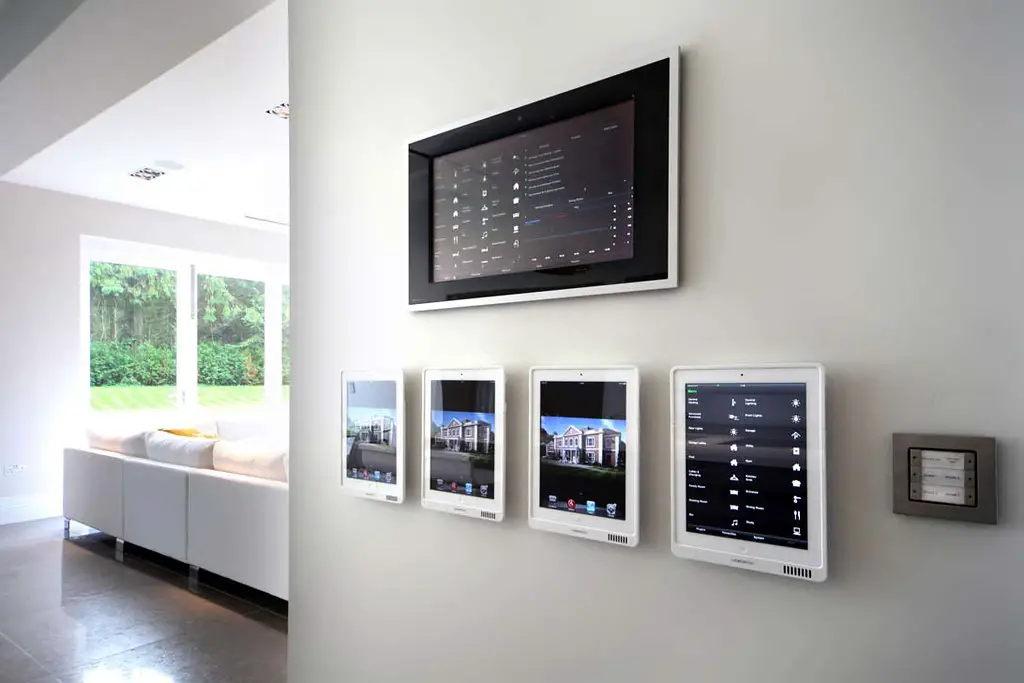
Smart energy grids are revolutionizing how homes interact with electricity. These systems enable houses to communicate directly with power grids, optimizing energy use and reducing utility bills in real time. Smart grids improve energy efficiency, enhance grid reliability, and support the integration of renewable energy sources. Homeowners can schedule energy-intensive tasks during off-peak hours, leading to significant cost savings.
These grids also increase energy resilience during natural disasters or power surges, reducing downtime and recovery costs. Homes without smart energy grids could face higher utility expenses and limited access to advanced energy management programs. The technology ensures that renewable energy sources, like solar and wind, are seamlessly integrated into everyday energy consumption. By 2030, houses lacking this feature might seem inefficient and less attractive to buyers. Investing in smart grid compatibility today can future-proof homes and boost their resale value.
8. Electric Vehicle Charging Stations
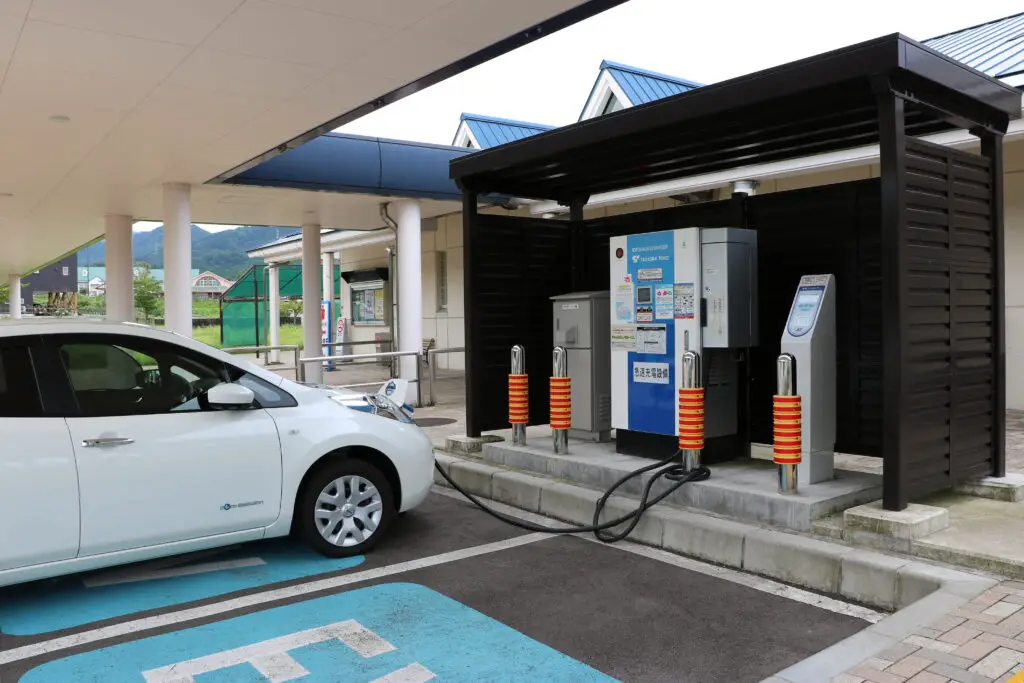
As electric vehicles (EVs) become the norm, homes with built-in EV charging stations are gaining a significant edge in the real estate market. These stations provide homeowners with the convenience of charging their vehicles at home, reducing dependency on public charging networks. Global EV sales are expected to grow exponentially by 2030, driven by advancements in technology and stricter environmental regulations.
Homes without charging infrastructure might lose appeal, as retrofitting properties can be costly and time-consuming. Installing a charging station not only adds functionality but also increases a home’s resale value. Many new stations offer smart features like energy usage tracking and scheduled charging, making them even more appealing. Future buyers will likely prioritize homes that support sustainable transportation. Additionally, government incentives are available in many regions to encourage homeowners to install EV chargers. Preparing homes for the electric future ensures they remain competitive in a rapidly changing market.
9. Indoor Vertical Gardens
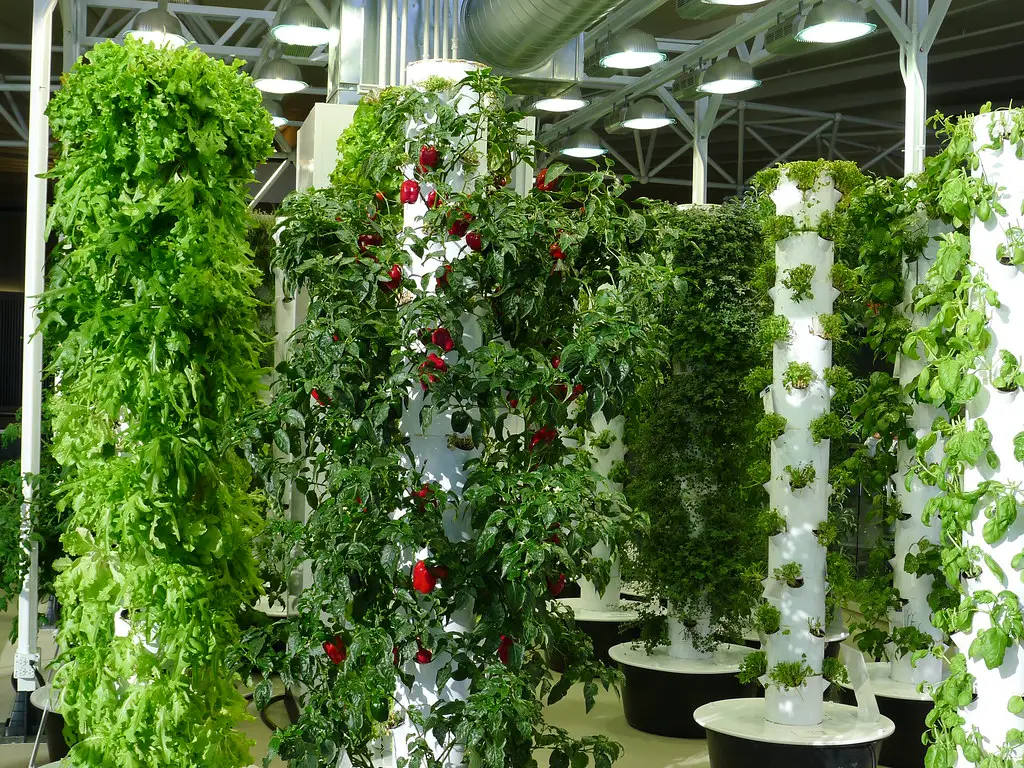
Indoor vertical gardens are gaining popularity as a sustainable and space-efficient solution for growing fresh produce at home. These gardens use vertical wall systems to cultivate herbs, vegetables, and other plants, making them ideal for urban environments. Urban farming helps reduce food miles and promotes healthier, more sustainable living. Homes with built-in vertical gardens provide occupants with year-round access to fresh, organic food, enhancing convenience and nutrition. The gardens also improve indoor air quality by filtering pollutants and increasing oxygen levels.
Properties without this feature may seem outdated to eco-conscious buyers prioritizing sustainability. Vertical gardens can also serve as a striking design element, blending functionality with aesthetic appeal. They require minimal maintenance, as many systems include automated irrigation and nutrient delivery. By 2030, homes with indoor vertical gardens will likely attract higher demand in the real estate market. Incorporating this feature ensures a greener, more self-sufficient lifestyle for homeowners.
10. Touch-Free Fixtures

Touch-free fixtures are emerging as a standard in modern home design, offering both hygiene and convenience. These fixtures, including faucets, toilets, and light switches, operate using motion sensors or voice commands, minimizing contact and reducing the spread of germs. The COVID-19 pandemic accelerated the adoption of touchless technology in residential and commercial settings. Beyond health benefits, touch-free fixtures enhance accessibility for individuals with disabilities or limited mobility. They also contribute to water and energy savings by automatically shutting off when not in use.
Homes with traditional fixtures might seem old-fashioned or less functional in a touchless future. Many touch-free systems integrate seamlessly with smart home platforms, offering customization and remote control options. Their sleek, modern design adds a luxurious feel to kitchens and bathrooms. By upgrading to touch-free fixtures, homeowners can future-proof their properties while promoting a cleaner, more efficient living environment. As the demand for this technology grows, homes without it may lose market competitiveness.
11. AI-Powered Home Management Systems

AI-powered home management systems are transforming how homeowners manage daily tasks and maintain their properties. These systems use artificial intelligence to control lighting, appliances, energy usage, and even grocery lists, all through a single interface. AI assistants like Google Home and Amazon Alexa are becoming increasingly sophisticated, offering personalized recommendations based on user habits. The systems can automate maintenance schedules, alert homeowners to potential issues, and even order replacement parts or supplies.
Homes without AI integration could feel outdated, lacking the efficiency and convenience that modern technology offers. These systems also promote energy savings by optimizing appliance usage and adjusting settings based on occupancy. Future advancements may include even deeper learning capabilities, allowing AI to anticipate needs before they arise. By 2030, homes equipped with AI-powered systems will likely dominate the market, appealing to tech-savvy and environmentally conscious buyers alike. Incorporating AI ensures homes remain functional, efficient, and competitive in an ever-evolving real estate landscape.
12. Waste Management Systems

Innovative waste management systems are becoming a staple in sustainable home design, enabling better recycling, composting, and waste reduction. These systems automatically sort and process household waste, making it easier to comply with recycling regulations and reduce environmental impact. Stricter waste management laws are being introduced worldwide, putting pressure on homeowners to adopt sustainable practices. Homes equipped with smart waste systems can save time, reduce landfill contributions, and even generate compost for gardening.
Advanced models integrate with AI, offering recommendations for reducing waste and tracking recycling progress. Older homes without these capabilities may struggle to meet evolving regulatory requirements. Installing a waste management system not only supports sustainability but also enhances a home’s appeal to environmentally conscious buyers. By 2030, such systems will likely become a necessity rather than a luxury, as sustainability becomes a top priority for homeowners. Upgrading to a smart waste management system ensures compliance, convenience, and long-term environmental benefits.
